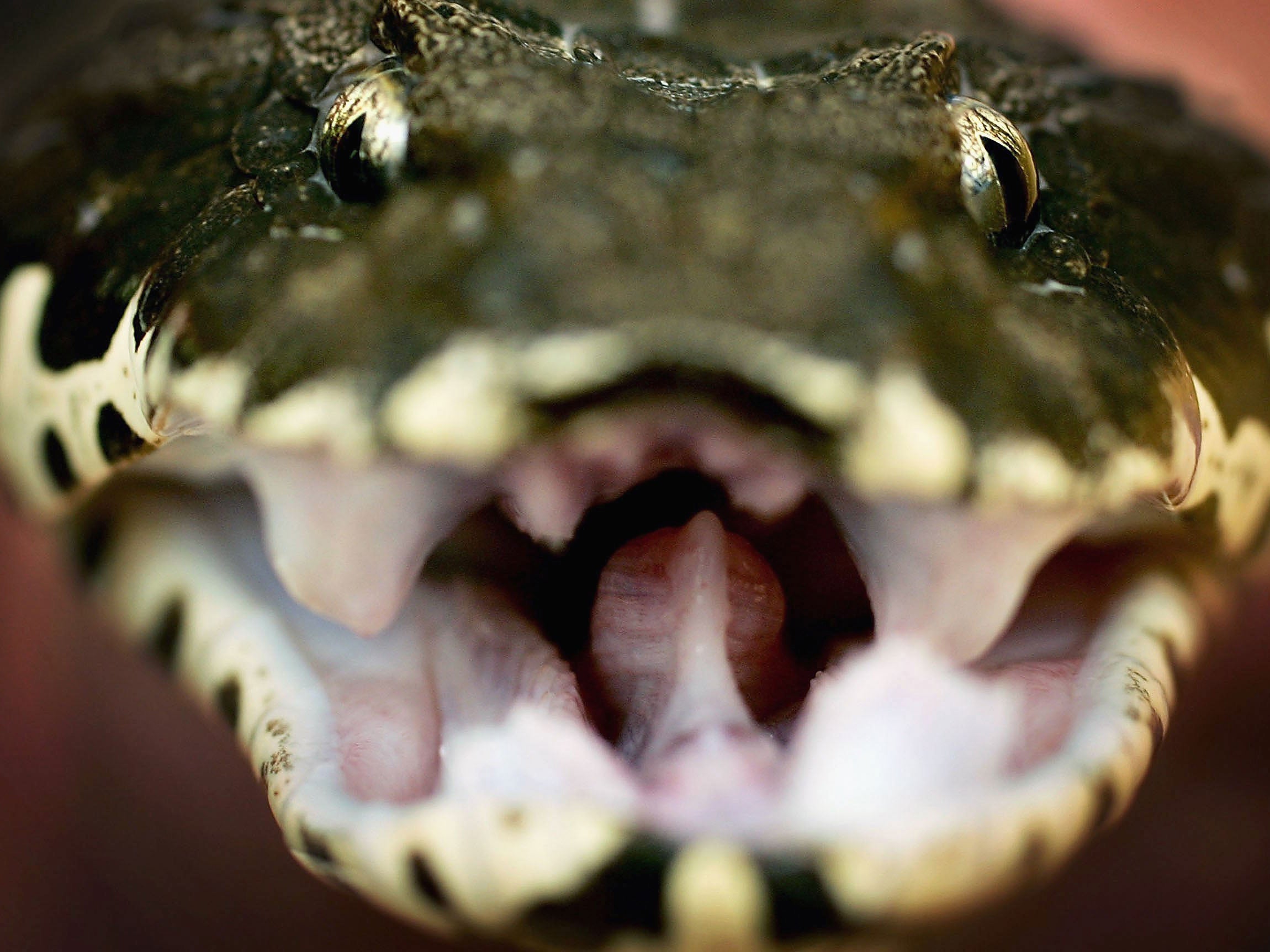Scientists have discovered a deadly new species of 'death adder' in Australia
The death adder is one of Australia's most deadly snakes

Scientists have discovered a new type of snake - the comfortingly-named Kimberley death adder - in an isolated region of Western Australia.
The snake was discovered by a group of scientists from the UK and Australia, and measures around 50cm long.
The death adder is already a known species in Australia's North Territory, and it was believed that the snakes found further west were simply the same species.
However, the group discovered that the snake found in these regions is a different type, unique to that area.
In pictures: venomous snakes
Show all 5Death adders truly live up to their name. They're 'sit and wait' predators - hanging around waiting for an unlucky animal or human to pass them by, rather than actively hunting on the move.
Their venom is incredibly deadly to humans, and can cause death from total paralysis and respiratory system in around six hours. It is estimated that around 50 per cent of bites from these snakes were fatal before antivenom was introduced.
Despite this fearful bite, the snake is at significant risk from humans, due to habitat destruction and the introduction of new species.
Speaking to The Guardian, Paul Doughty, curator of herpetology at the Western Australian Museum, said it was "a surprise" to find that this death adder was a completely new type.
He also revealed their unsettling hunting techniques - they dangle their tails like a lure, tricking lizards and birds into coming close.
When they're within striking range, they lash out and kill their prey.
So the next time you're in Kimberly, Western Australia, and you see something rustling in the undergrowth - run.
Subscribe to Independent Premium to bookmark this article
Want to bookmark your favourite articles and stories to read or reference later? Start your Independent Premium subscription today.

Join our commenting forum
Join thought-provoking conversations, follow other Independent readers and see their replies